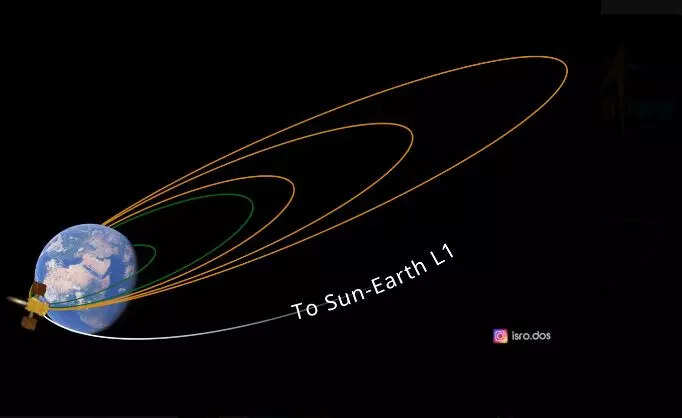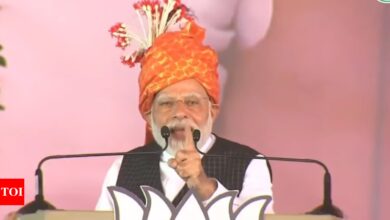Aditya-L1 healthy, first Earth-bound manoeuvre puts spacecraft in 245km x 22,459km orbit

[ad_1]
“The satellite is healthy and operating nominally. The first Earth-bound manoeuvre (EBN1) was performed successfully from Istrac (Isro Telemetry Tracking and Command Network) in Bengaluru. The new orbit attained is 245km x 22459 km,” Isro said, adding that the second Earth-bound manoeuvre is scheduled for 3am on September 5.
Aditya-L1 is a satellite dedicated to the comprehensive study of the Sun. It has seven distinct payloads — five by Isro and two by academic institutions in collaboration with Isro — developed indigenously.
Aditya means Sun and L1 — about 1.5-million-km from Earth — refers to Lagrange Point-1 of the Sun-Earth system. For common understanding, L1 is a location in space where the gravitational forces of two celestial bodies, such as the Sun and Earth, are in equilibrium. This allows an object placed there to remain relatively stable with respect to both celestial bodies.
Sunday marked the first of the 16 days Aditya-L1 will stay in Earth-bound orbits and EBN1 was the first of the five manoeuvres around Earth, during which the spacecraft will gain the necessary velocity for its journey.
Subsequently, Aditya-L1 will undergo a Trans-Lagrangian1 Insertion (TLI) manoeuvre, marking the beginning of its 110-day trajectory to the destination around L1. Upon arrival at the L1 point, another manoeuvre binds Aditya-L1 to an orbit around L1, a balanced gravitational location between the Earth and the Sun.
The satellite will spend its whole mission life orbiting around L1 in an irregularly shaped orbit in a plane roughly perpendicular to the line joining the Earth and the Sun.
The strategic placement at the L1 Lagrange point ensures that Aditya-L1 can maintain a constant, uninterrupted view of the Sun. This location also allows the satellite to access solar radiation and magnetic storms before they are influenced by Earth’s magnetic field and atmosphere.
Additionally, the L1 point’s gravitational stability minimises the need for frequent orbital maintenance efforts, optimising the satellite’s operational efficiency.
India’s solar mission comes close on the heels of its successful lunar endeavour — Chandrayaan-3. With Aditya-L1, Isro will venture into the study of solar activities and its effect on space weather. The scientific objectives of Aditya-L1 include the study of coronal heating, solar wind acceleration, coronal mass ejections (CMEs), dynamics of solar atmosphere and temperature anisotropy.
#AdityaL1 #healthy #Earthbound #manoeuvre #puts #spacecraft #245km #22459km #orbit






